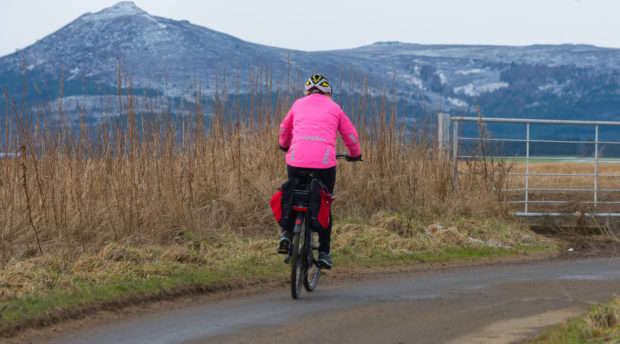Four out of five people in Inverness would get on their bikes if there were more cycle tracks separated from traffic, a report has found.
At present, however, 66% of residents say cycling is the least safe way of travelling around the city and improvements are needed.
Bike Life, the UK’s most comprehensive assessment of cycling in cities, interviewed 1,452 people in Inverness about their cycling habits.
It was part of wider research by walking and cycling charity Sustrans Scotland covering 17 cities across the UK and Ireland and was run in partnership with The Highland Council and the Inverness Active Travel Network Programme.
Sustrans says at present, Inverness has 20 miles of traffic-free routes and 52 miles of signposted routes along quieter streets, but no cycle track physically segregated from traffic and pedestrians.
Some 25% of residents cycle at least once a week and Bike Life calculated that 3.4 million trips were cycled in Inverness in the past year. It says every day 3,200 return cycle trips are made, which equates to a £5 million annual benefit to the city from reduced vehicle and medical costs, work absenteeism, travel time and congestion.
The report, the first of its kind in Inverness, revealed that 81% of interviewees felt that having more tracks separated from traffic would help them cycle more.
It also showed that 62% of interviewees believe having more cyclists would make the city a better place to live and work.
Kirsty Rankin, Sustrans Scotland Head of Partnerships, said the survey clearly showed residents want to see more people travelling by bike.
“The Highland Council can rest assured that they have the backing of the public to build on the work they have already started to enable people to choose healthy, clean and affordable journeys by getting on a bike.”
Councillor Trish Robertson, who chairs Highland Council’s economy and infrastructure committee, said: “The survey findings are very interesting and will help inform our future planning and decision-making where there are opportunities for the creation of cycling infrastructure in new developments across the Inverness area.”
Bike Life is funded by Transport Scotland in Inverness and Dundee.
